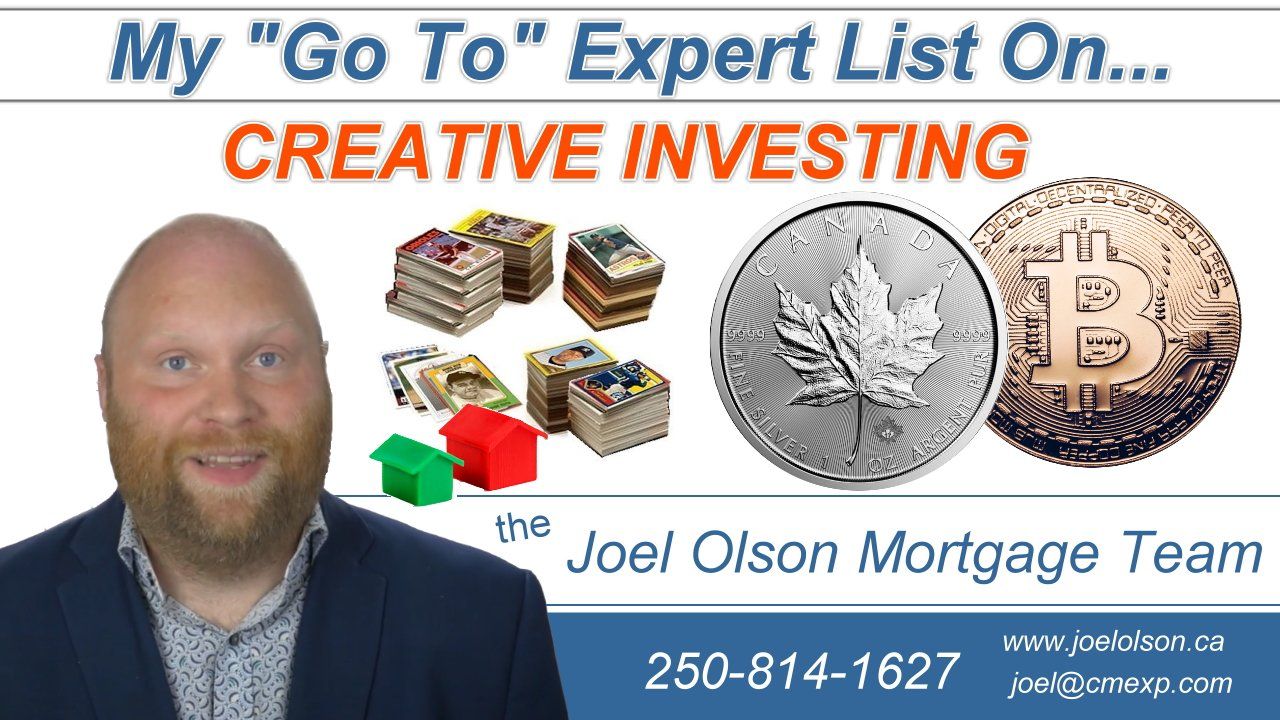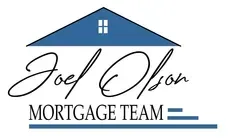Who I Am Listening to for Different Kinds of Investing Advice
Who I believe is worth listening to when it comes to unique investment strategies

Okay, so as people have more and more money, we're often asked, "What do we do for different types of investments?"
And, "Were are we putting our money?"
And, "Where do we get advice from?"
Now I'm a big advocate for the idea that people use professionals and get information and do a ton of research in order to get the best return on their money, in order to get the best information and to have the best situation possible.
So here's a list of some of the people I'm listening to on a variety of different investments that could be helpful for you.
Number one: Sports card investing. I love sports card investing!
Did you know that the average sports card has a 30 to 35% return year over year?
It's one of the most lucrative investments out there.
You'll be surprised at how many very wealthy people consider this a core part of their investing strategy.
My "go to" advisor on this is SportsCardInvestor.com.
On this site and Youtube Channel, you can find weekly tips.
You can find secrets on how to get into the hobby on how to start your collection and different strategies.
In particular, the principal person behind this is someone who has invest in tech companies and knows the business side really, really well.
So Sports Card Investor is the best YouTube channel for me when it comes to investing.
Number two:
gold, silver and commodities.
Obviously people are looking more and more on physical gold and silver. It's a hard thing to understand, but I found that it is a really good way to hedge yourself against inflation.
My “go to” video advisor right now that I'm watching is a guy by name of Silver Dragons
Number 3 - What about real estate?
Well, you don't have to be around very long to be familiar with Rich Dad Poor Dad.
Rich Dad's advisor, Ken McElroy, has a YouTube channel full of great real estate investing tips.
His takes on things far exceed most people you'll find on the internet.
I'm looking at Ken McElroy’s stuff for how to get into real estate investing, different strategies, different opportunities….
This is definitely the person that I would go to if I want to look at some things and as far as real estate investing.
Number 4 : stocks…
Stocks have still proven to be a worthy investment to go into.
I'm a big fan of “Stock Moe”.
Stock Mo is teacher.
He goes into a variety of different stocks... why he picks the stocks he does...
He has some options on penny stocks, dividend stocks, and things that he has gotten into as well.
So Stock Moe is the YouTube channel that I go to when it comes to stocks.
Oh, and of course I would be remiss without mentioning...
Number 5 : cryptocurrency!
A lot of people have gotten into cryptocurrency and man is that a confusing field in order to look into.
The YouTube channel I love to look at you when it comes to cryptocurrency is Lark Davis.
Lark Davis goes to into how to build a portfolio around different crypto coins and also goes into some great information both on what’s happening currently in the market as well as some great beginner tips.
So Lark Davis is my “go to: when it comes to crypto currency.
This is my "go-to" list when it comes to investing in different types of investing and creative investment strategies... What are some of yours?





